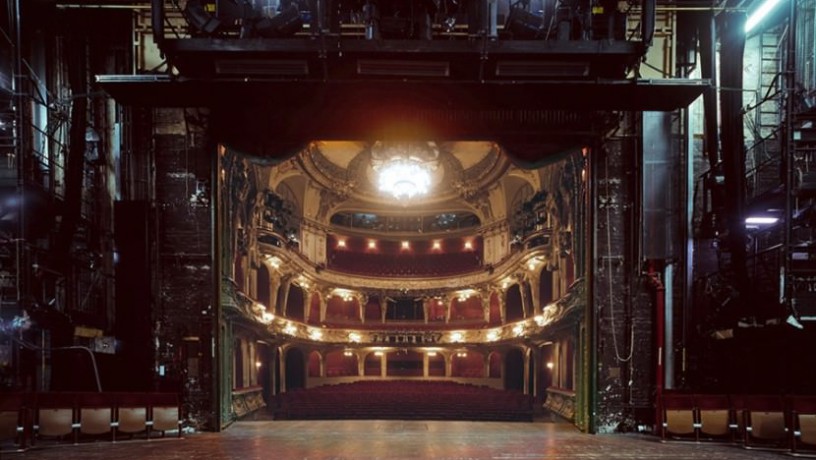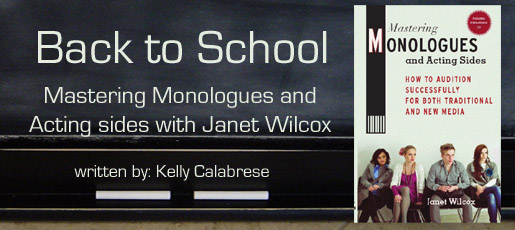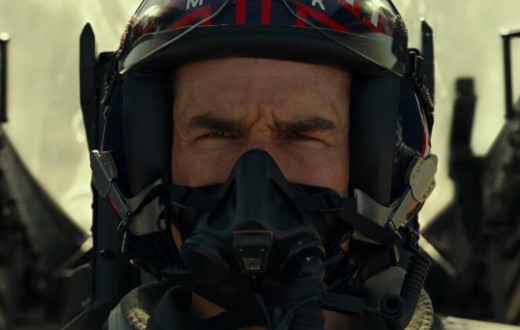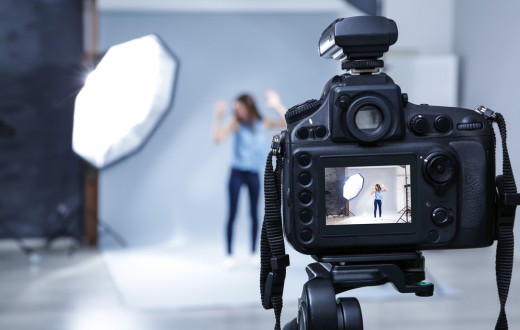ACTING STAGE TERMS GLOSSARY
Common Theater Terms
Auditions: Readings before a director to determine casting of a play.
Call Backs: An additional audition for the final actors being considered. Similar to semifinals in sports.
Clear the Stage: A direction given to all actors, musicians, and technicians to leave the stage area prior to the beginning of a play.
Places: The direction for all actors, musicians, and technicians to go to their proper position and be ready for the beginning of a play or scene.
Strike: Taking down, changing out and putting away costumes, props and sets after a production.
Run Through: An uninterrupted rehearsal of a scene, act, or the entire play.
Curtain Call/Bows: The carefully choreographed appearance of actors on stage after the performance to acknowledge the applause of the audience.
Heads Up!: A term of warning used to call attention to overhead danger. Technical Elements
Flats: Muslin or plywood covered frames used to build the walls of a stage setting.
Props: Small hand held items used by actors to create the period, character or setting.
Platforms: Wooden units joined together to build the floors for a stage setting.
Costumes: The clothing worn by the actors that helps determine character, time, theme and mood.
Mask: A term used meaning “to hide.” Also, a covering for an actors face that disguises or changes their character. often made out of leather, plastic or paper maché.
Dark: A time when all lights are out or the theater is closed.
Stage Manager: Person responsible for the physical set up, actors, and technical cues of a production as it is performed.
Elements of a Play
Dialogue: Written conversation.
Text: The written word.
Script: A complete scene or play in a format to be produced by actors and directors.
Initial Incident: The first most important event in a play from which the rest of the play develops. Exposition: The explanation of who, what, when, where, why of a play.
Preliminary Situation: The story of the play as the curtain rises.
Climax: The major event in a play, the turning point of the story.
Rising Action: The series of events following the initial incident. How the story builds towards its climax. Falling Action/Denouement: The series of events following the climax.
Conclusion: The final outcome of the play.
Protagonist: The play revolves around this character. Often the “good guy” but not always.
Antagonist: This character forces change or creates conflict for the protagonist. Often the “bad guy.” Theme/Message/Purpose/Moral: What the play as a piece of art is trying to say to the audience.
Setting: Where the play occurs in terms of time and place.
Monologue: A long speech said by a single actor to themselves, the audience, or to another character. Soliloquy: A long speech said by a single actor to themselves or the audience, but not to another character. Act: An organizational division in scripts.
Scene: An organizational division in scripts. Often several scenes make up an ACT.
Terms for the Actor
Pantomime: A story or action performed with out words relying on body language.
Stage Business: Small actions such as smoking, using a fan, pouring a drink, etc. Used to fill time, create character, and sometimes to make the action “more realistic.”
Open Up/Cheat Out: Facing as much towards the audience as possible.
Take the Stage: What an actor does when they take control of the scene or take focus of the audience.
Given Circumstances: The who, what, when, where, why of the play or scene or character.
Focus: Where the director wants the audience to look. The actors point of concentration.
Diction: The actors ability to be understood by the audience.
Volume: The actors ability to be heard by the audience.
Cue: The last words or actions indicating the time for another actor to speak or move.
Ad lib: Lines made up by an actor to fill in where there would be an undesirable pause due to dropped lines, technical problems, etc.
Aside: Lines said to the audience that other actors onstage are not supposed to be hearing.
Pick up Cues: A direction for the actor to begin responding immediately without allowing any lapse time. Build: To increase the tempo or volume or both to reach a climax in a scene.
Cheating: Using a movement or position that may not be realistic but allows the audience to see the action more clearly.
Mapping the Stage
Upstage: The area of the stage that is the furthest from the audience.
Downstage: The area of the stage that is the closest to the audience.
Stage Right: The right side of the stage from the actor’s point of view (facing the audience.) Stage Left: The left side of the stage from the actor’s point of view (facing the audience.) Center: Center of the stage.
Full Front: Facing the audience.
Full Back: Facing away from the audience.
Cross: Movement from one area of the stage to another.
Blocking: The set movement of all the actors onstage throughout the play.
BACKSTAGE
|
UP STAGE RIGHT USR |
UPSTAGE US |
UP STAGE LEFT USL |
|
STAGE RIGHT SR |
CENTER STAGE US |
STAGE LEFT SL |
|
DOWN STAGE RIGHT DSR |
DOWNSTAGE DS |
DOWN STAGE LEFT DSL |
HOUSE LEFT HOUSE RIGHT
AUDIENCE (HOUSE)
THE PHYSICAL STAGE
Wings: The areas to the left and right of the stage out of view to the audience. A part of the backstage area. Proscenium: An arched opening through which the audience sees the stage. Also a style of theater with theaudience seated predominantly in front of the stage.
Apron: The usually curved area of the stage closest to the audience. Backstage/Offstage: Usually the entire stage area not visible to the audience.
House: The audience area.
Backdrop: The drop farthest upstage in most settings. Also a large curtain, sometimes with a picture or design.
Curtain Line: The imaginary line across the stage floor which follows the line of the front curtain.
Fly Loft: The are above the stage where curtains and set pieces are stored and hidden during a production.
Grand Drape/Main Rag: The front, often decorative, curtain of a stage.
Legs: Narrow curtains in the wings to mask the backstage areas.
Cyclorama: A large, usually white, curtain that is lit to create setting and masks the back of the stage behind the set.
Trap: An opening in the stage floor for actors to pass through to make entrances and exits.
See what’s Casting in Theatre now >
Also Read







